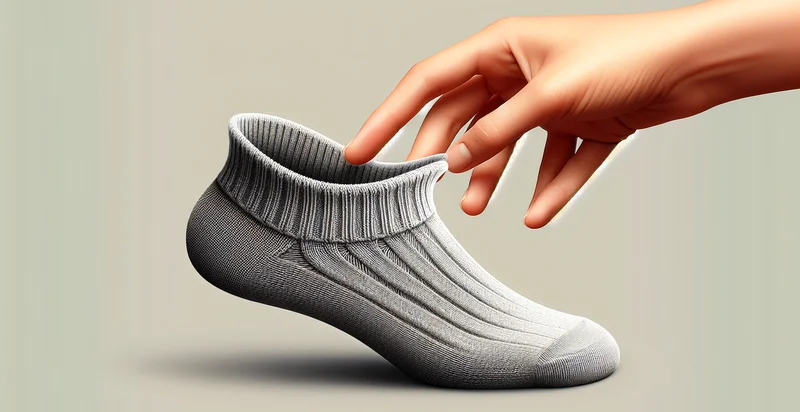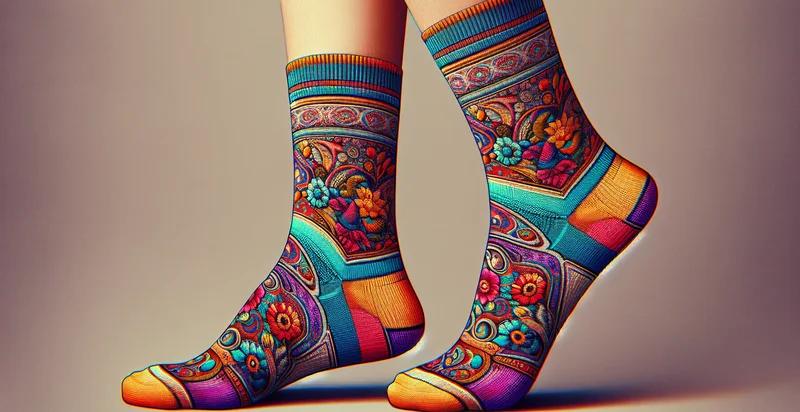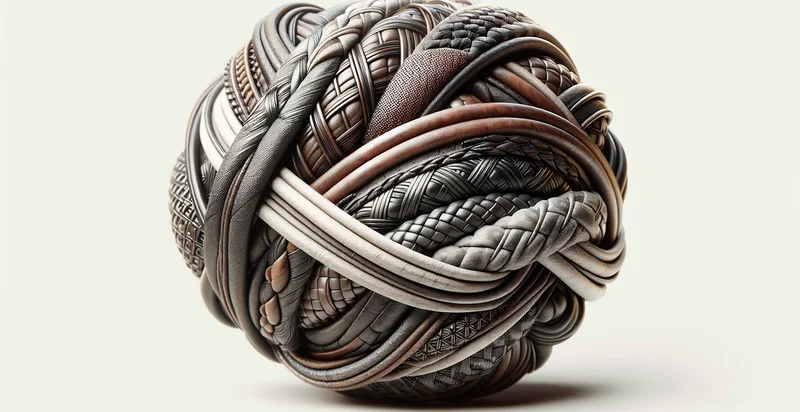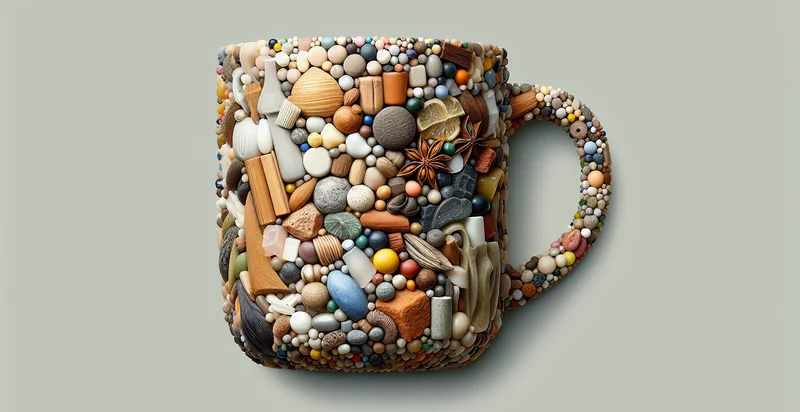Identify what material a sock is made from
using AI
Below is a free classifier to identify what material a sock is made from. Just upload your image, and our AI will predict what material a sock is made from - in just seconds.

Contact us for API access
Or, use Nyckel to build highly-accurate custom classifiers in just minutes. No PhD required.
Get started
import nyckel
credentials = nyckel.Credentials("YOUR_CLIENT_ID", "YOUR_CLIENT_SECRET")
nyckel.invoke("what-material-a-sock-is-made-from", "your_image_url", credentials)
fetch('https://www.nyckel.com/v1/functions/what-material-a-sock-is-made-from/invoke', {
method: 'POST',
headers: {
'Authorization': 'Bearer ' + 'YOUR_BEARER_TOKEN',
'Content-Type': 'application/json',
},
body: JSON.stringify(
{"data": "your_image_url"}
)
})
.then(response => response.json())
.then(data => console.log(data));
curl -X POST \
-H "Content-Type: application/json" \
-H "Authorization: Bearer YOUR_BEARER_TOKEN" \
-d '{"data": "your_image_url"}' \
https://www.nyckel.com/v1/functions/what-material-a-sock-is-made-from/invoke
How this classifier works
To start, upload your image. Our AI tool will then predict what material a sock is made from.
This pretrained image model uses a Nyckel-created dataset and has 17 labels, including Acrylic, Bamboo, Cashmere, Cotton, Hemp, Linen, Merino, Microfiber, Modal and Nylon.
We'll also show a confidence score (the higher the number, the more confident the AI model is around what material a sock is made from).
Whether you're just curious or building what material a sock is made from detection into your application, we hope our classifier proves helpful.
Related Classifiers
Need to identify what material a sock is made from at scale?
Get API or Zapier access to this classifier for free. It's perfect for:
- Quality Control in Manufacturing: This use case involves automating the inspection process in sock manufacturing facilities. The false image classification function can be employed to ensure that only socks made from specified materials are passed through quality control, thereby reducing the chances of defective products reaching consumers.
- E-commerce Product Verification: Online retailers can integrate the classification function to verify that the actual material of socks matches the product descriptions provided by manufacturers. This can enhance customer trust and reduce return rates due to incorrect product materials delivered.
- Sustainability Tracking: Brands focusing on sustainability can leverage this function to categorize socks based on their material characteristics. This can support supply chain transparency initiatives, allowing consumers to make informed choices based on the material origin and environmental impact.
- Inventory Management: Retailers can use the image classification function to automate the sorting of socks based on their material properties in warehouses. This can streamline inventory processes, making it easier to manage stock levels and fulfill customer orders efficiently.
- Trend Analysis for Fashion Retail: Fashion retailers can utilize the function to analyze trends in sock materials over time. This can provide insights into consumer preferences, allowing brands to adjust their product lines to align with trending materials, enhancing market responsiveness.
- Compliance Monitoring: Regulatory bodies or auditing firms can employ the classification function to ensure certain materials are not used in sock production, particularly to adhere to safety or ethical standards. This helps maintain industry regulations and protects consumer safety.
- Customized Marketing Strategies: Marketers can utilize insights gained from material classification to tailor marketing campaigns that focus on specific material benefits. For instance, highlighting the advantages of breathable or durable fabrics can cater to targeted demographics such as athletes or eco-conscious consumers.


